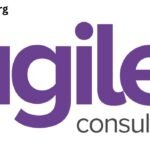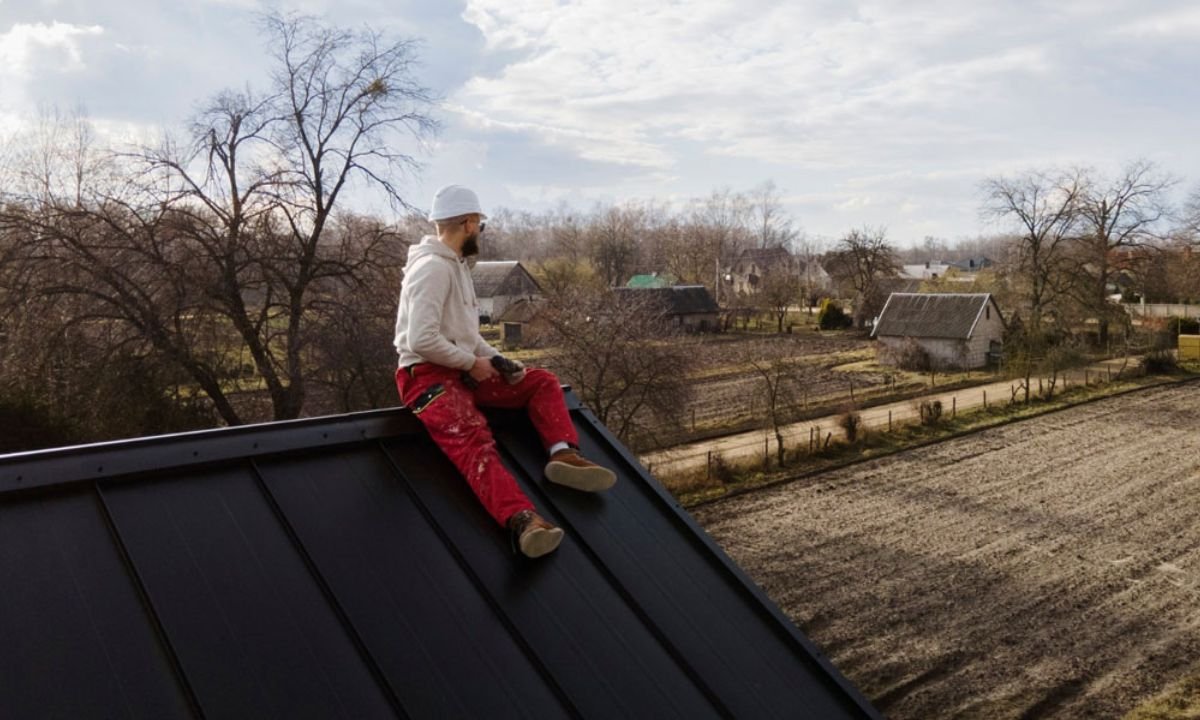Key Takeaways
- Learn essential tips for maintaining a durable roof.
- Discover the importance of regular roof inspections.
- Understand how weather elements affect roof longevity.
- Learn about various roofing materials and the advantages they offer.
Understanding the Basics of Roof Durability
Having a durable and long-lasting roof requires more than just aesthetics. It involves a comprehensive understanding of the roofing structure’s role in protecting your home from external elements. Skilled installation of roofing materials is crucial, as it ensures that every component, from shingles to the underlay, is correctly placed and secured. Expertly installed roofing systems are designed to withstand the challenges posed by unpredictable weather patterns, providing homeowners with peace of mind. It means more extended periods without needing repairs, thus saving money in the long run.
Regular Roof Inspections: A Crucial Maintenance Task
Routine inspections after a roof installation are vital for longevity. Regular roof check-ups allow homeowners to identify potential hazards such as leaks, broken shingles, or sagging areas that may compromise the structure’s integrity over time. Detecting problems early allows for prompt repairs, which helps avoid expensive and severe damage. Consider it akin to a regular health check-up; neglecting minor symptoms might lead to severe conditions, whereas proactive management helps maintain optimal conditions. Setting a bi-annual inspection schedule can effectively mitigate risk and prolong the functional life of your roof.
How Weather Elements Impact Roof Longevity
Mother Nature has a significant impact on how long your roof will last. Weather elements, such as rainfall, wind, and intense sunlight, can gradually erode roofing materials. Heavy rains can lead to water pooling, causing leaks and eventual structural damage. On the other hand, strong winds can lift and displace shingles, weakening the roof’s defense system. Understanding local weather trends can help homeowners prepare for weather-related risks and take preventive measures.
Additionally, drastic temperature changes can cause materials to expand and contract, forming cracks and other types of damage. By selecting climate-appropriate materials, you can better protect your roof against these elements and ensure its longevity.
Exploring Different Roofing Materials
Choosing suitable roofing materials can significantly impact the longevity and appearance of your home. Asphalt shingles are commonly selected because they are cost-effective and straightforward to install. Although more expensive up front, metal roofs are known for their robustness and minimal maintenance requirements, providing a possible solution for those seeking longer-lasting options; for homeowners desiring a rustic look, clay or slate tiles offer durability and an eco-friendly alternative. These options can withstand harsh weather conditions while providing a timeless appearance. Considering each material’s pros and cons is essential in choosing the best choice for your needs and surroundings.
The Role of Proper Ventilation in Roof Health
Maintaining a healthy roofing system requires adequate ventilation. It ensures that heat and moisture do not get trapped inside the attic, which can lead to significant damage over time. Without proper ventilation, the risk of mold growth increases, and roofing materials can degrade faster, leading to premature replacement. A well-ventilated attic maintains a stable temperature year-round, reducing the stress on roofing materials and extending their functional lifespan. This process supports energy efficiency by maintaining a consistent internal environment, lowering cooling costs in summer and reducing heat loss in winter.
Practical Tips for Extending Your Roof’s Lifespan
Proactively maintaining your roof can significantly extend its lifespan. Here are some practical tips:
- Clean your gutters frequently.
- Cut back branches that extend too far and could cause roof damage in storms.
- Regularly check for and promptly repair any damaged or missing shingles to keep your roof sealed and secure.
A waterproof coating can provide an extra defense against the elements by sealing small cracks and stopping water from getting in. By following these easy but efficient methods, you can reduce expensive repair bills and extend the lifespan of your roof.
Common Mistakes That Shorten Roof Life
Homeowners often make avoidable mistakes that can lead to roofing problems. Ignoring minor signs of wear or delaying necessary repairs are common errors that could lead to more extensive and costlier issues over time. It’s essential to remain vigilant and address issues as they arise instead of waiting until unsolvable damage occurs. Using subpar materials to save costs is another mistake that can compromise the roof’s structural integrity. Investing in quality materials and professional artistry from the onset can save considerable trouble and expense in the long run.
The Future of Roofing Technology
Innovations in roofing technology are poised to revolutionize the industry, offering more resilient and adaptable solutions. With the development of solar tiles, homeowners can now integrate renewable energy solutions directly into their roofs, combining form with functionality. Smart roofing systems are also gaining traction, providing real-time data on weather conditions and structural integrity. Advancements in materials technology are creating lighter, stronger, and more energy-efficient roofing options. These innovations promise enhanced durability and align with the growing trend toward sustainability in building practices.











